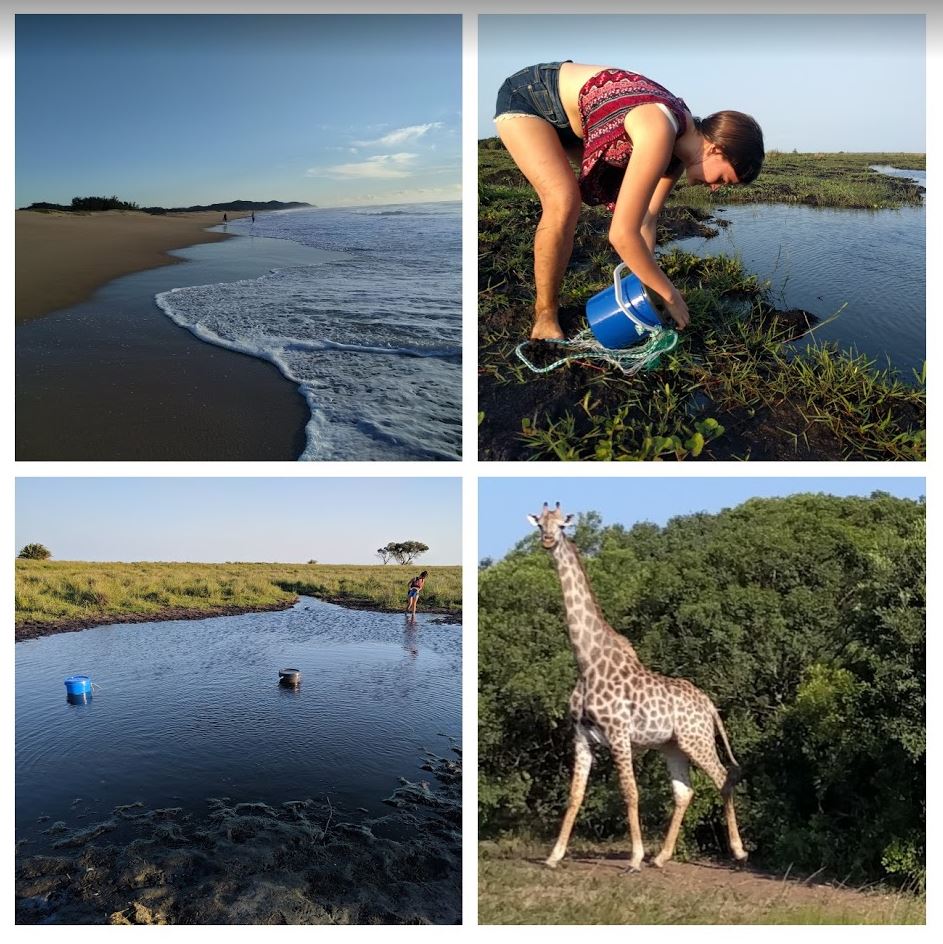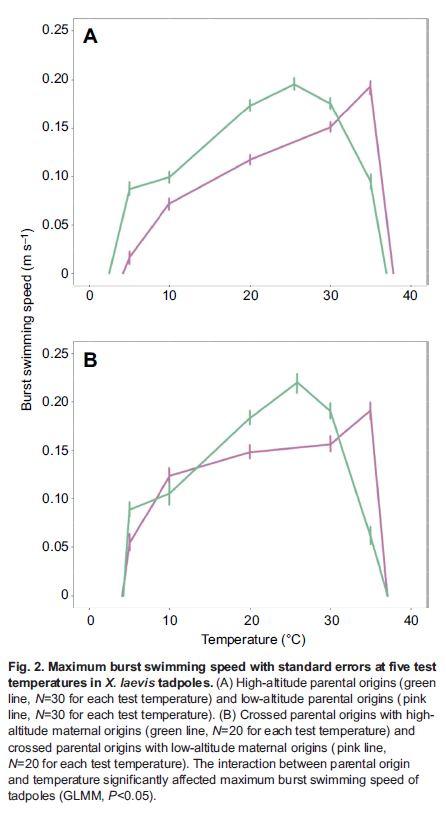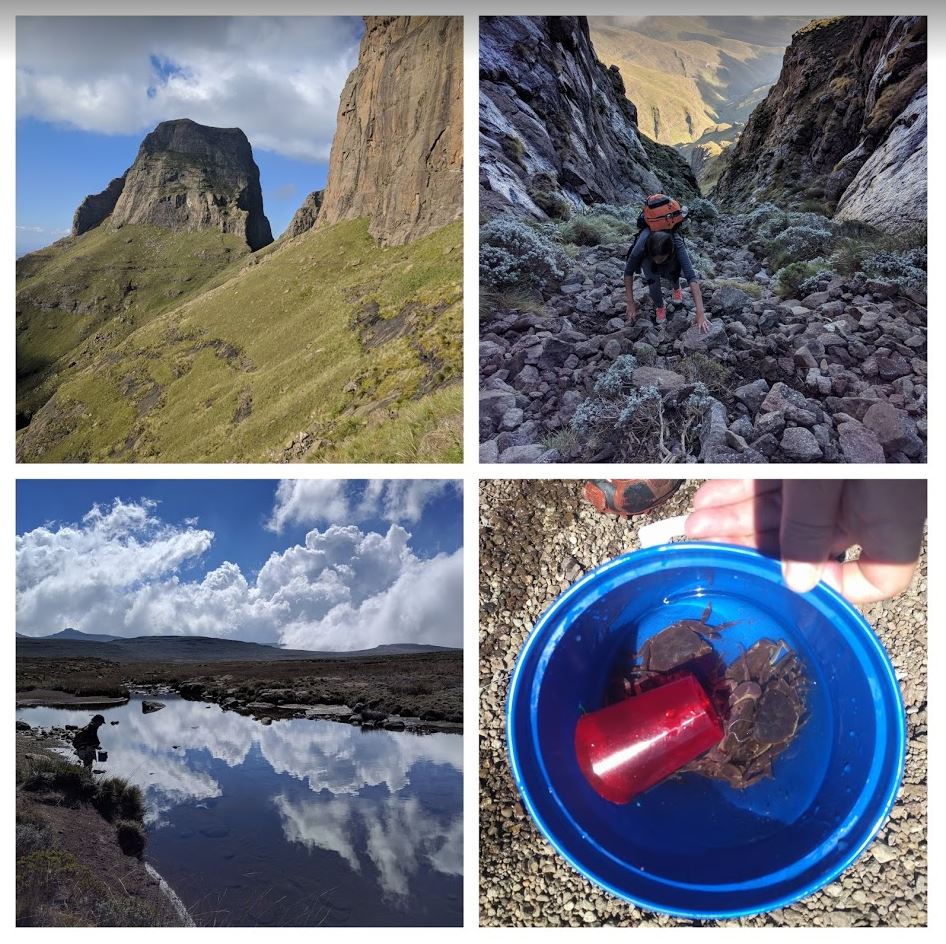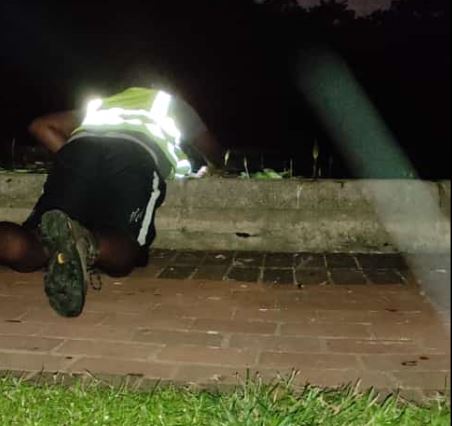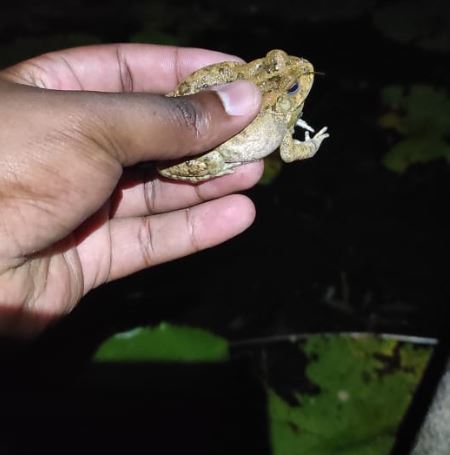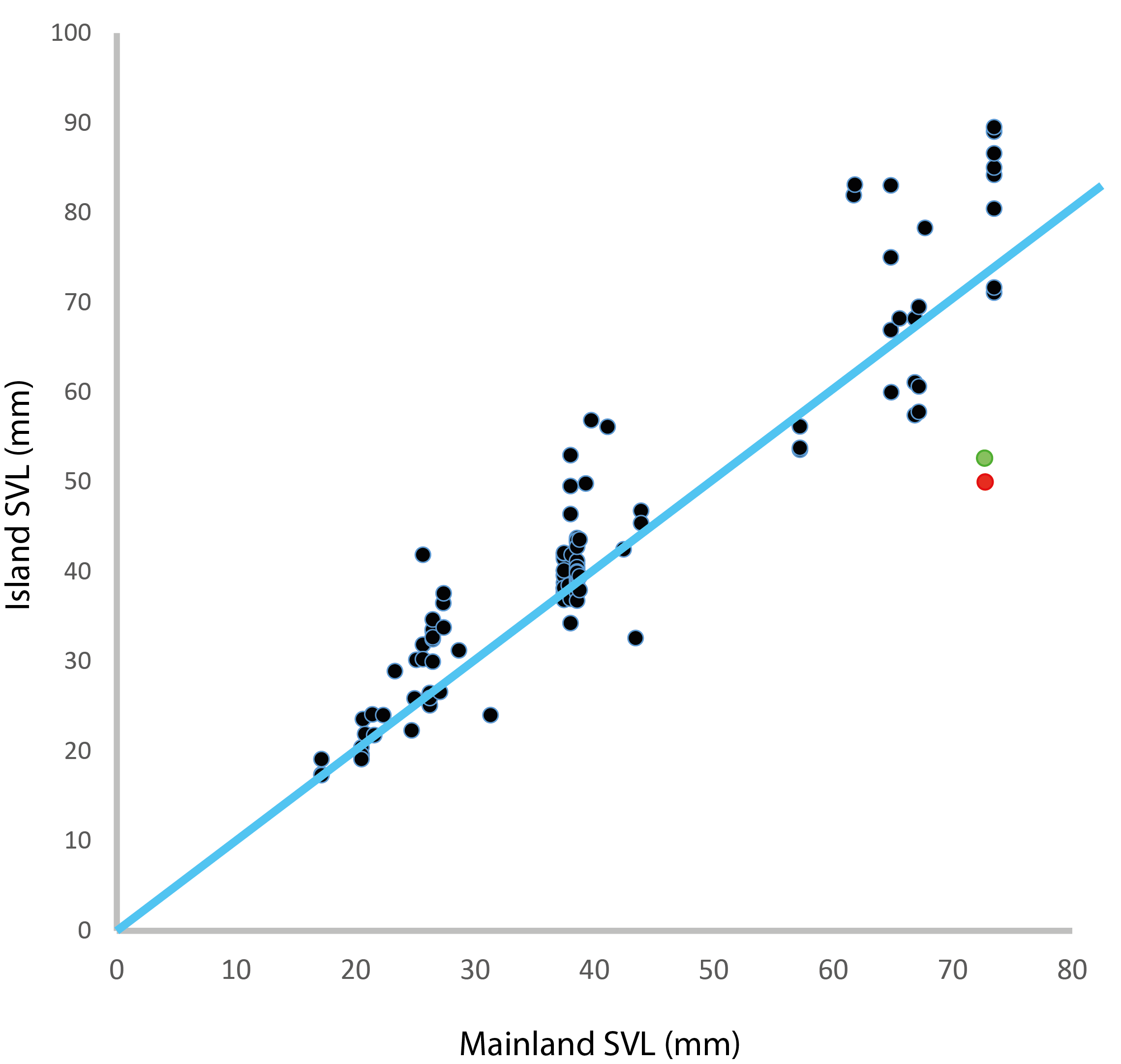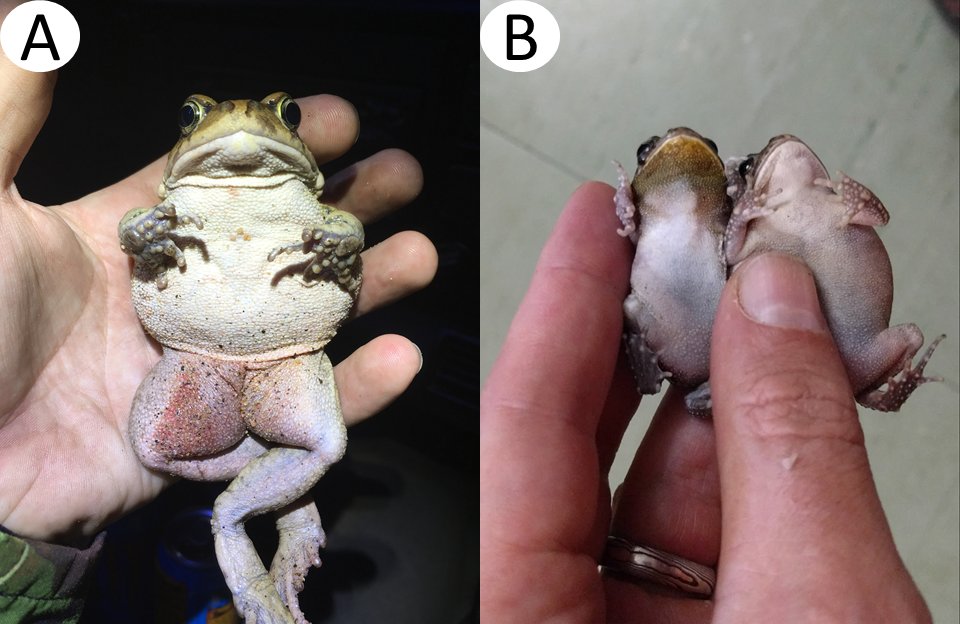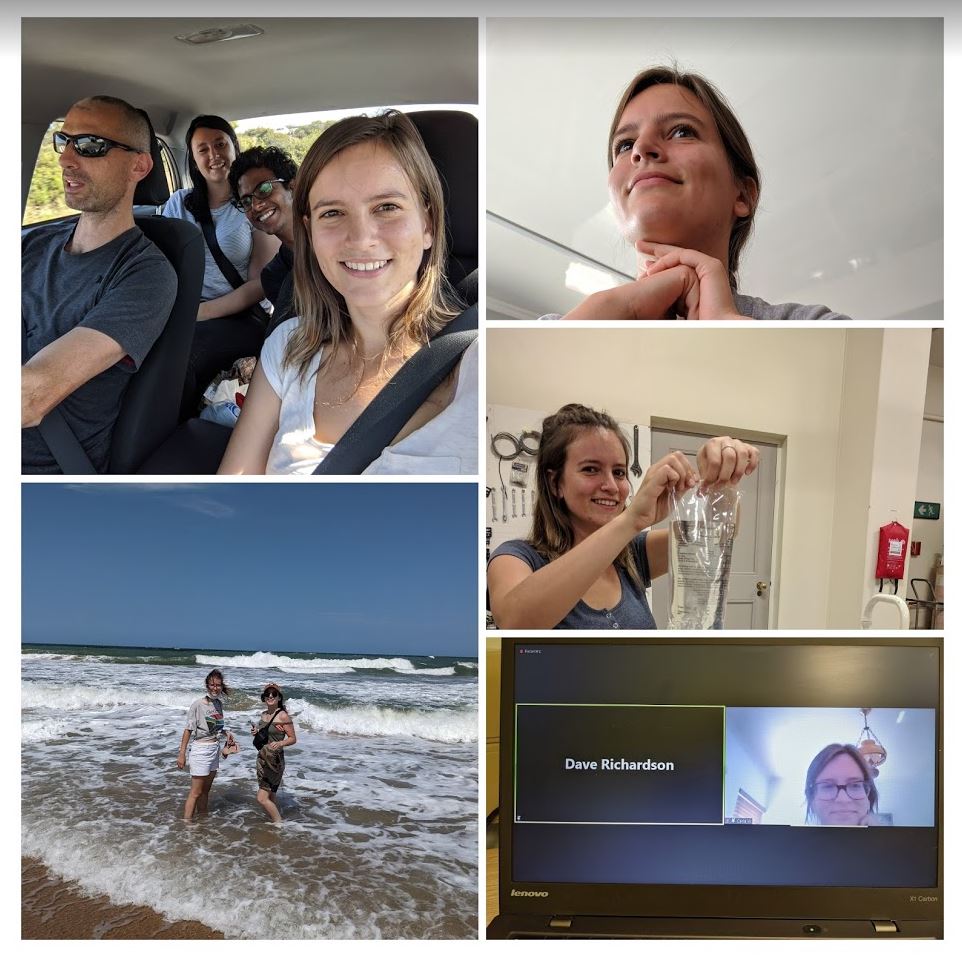The exciting potential of Overlay Journals
Having already said on this blog that preprints won’t replace the role of peer review:
- What if we did have good, editorially coordinated peer review of preprints?
- What if, instead of these manuscripts effectively leaving the preprint system, they were updated together with the reviews that prompted the updates, each with their own linked DOI?
- What if the journals themselves were simply pointing to collections of papers that had been curated in this way?
- Simply, this could be a website that throws a veneer of a journal as waypoints to peer reviewed journals?
This world has already been imagined and is functioning in mathematics, where Overlay Journals have begun to prosper.
According to Brown (2010), the idea of overlaying has been with us for some time, and exist as websites that offer a series of links to other papers. It makes me think of the early days of the internet where there were websites that consisted of lists of other websites, before the days of search engines. Thinking about it in this way, a review article could be considered an ‘overlay paper,’ the contents of Web of Science as an ‘overlay database.’ But, for me at least, this is not where the real potential lies. Instead, imagine the overlay journal as a way in which academics entirely remove the need for publishers. The need for this is increasingly evident as we become more familiar with the ways in which we rely on traditional publishing models to pervade our scientific project with confirmation bias. Overlay journals no longer require a publisher to store the publication. This is done at the preprint server. The reviews are housed at the same arXiv site (or would be in an ideal and transparent version)(Rittman 2020), as is the manuscript in its final form after being accepted by the overlay journal editor. The authors themselves are responsible for the final layout. The Overlay Journal co-ordinates the reviews and conducts the editorial work, and then simply acts as a pointer to the finished product: no papers, no publishers, no editorial management software, no costs and all papers are Diamond OA!
The math journal Discrete Analysis (indexed in both Web of Science and Scopus) was the first of these new ‘arXiv overlay journals’ (since 2015, and indexed since 2017), and following on this link will allow you to quickly appreciate what an Overlay Journal is. Each ‘published’ paper still sits on its original preprint server. The overlay journal itself offers a brief editorial summary of what you’ll find if you click through to the paper. This is a fantastic idea in that it pitches editors back into being responsible content curators. As an editor I’d want to be motivated to publish a paper that I liked in order to write an editorial summary about it.
Because only the accepted version is provided with an ‘article number’ and the style file of the journal layout, the author then produces the final version of record (VoR) of the accepted manuscript by running the style file with LaTex. All of this is possible with free software, for example by using Rmarkdown (Xie, Allaire, and Grolemund 2018).
Using preprint servers also allows the entire process to be transparent, very quickly becoming associated with other great initiatives like the Centre for Open Science - OSF.
What do traditional publishers think of ‘Overlay Journals’?
Surely, the onset of ‘Overlay Journals’ should have publishers quaking in their boots? Strangely not. But their response should really be enough to wake us up.
They’re probably only going to succeed in disciplines where a no-frills approach to publishing is acceptable. Anonymous from Highwire Press Inc. 2017
But they do see that there’s a possibility of disruption:
I think that the real threat to our traditional … if Overlay Journals have Impact Factors and can provide the same services, and they are free… then I think that that does pose a threat.
As this has already happened, it would be interesting to know how traditional publishers are going to prevent an Overlay Journal take-over.
What is happening in biological sciences?
At the time of writing, there are no ‘arXiv Overlay Journals’ in the biological sciences. However, there’s a 'nearly' model. Peer Community in Evolutionary Biology comes very close to the ‘arXiv Overlay Journal’ model. These preprints are submitted to PCI-Evol Biol, and are reviewed and (if they aren’t rejected), a recommendation is given. The site then publishes the recommendation from peers as well as pointing to the preprint. However, unlike Discrete Analysis, the preprint remains ‘unpublished’ despite the peer review and can then be taken onto a traditional journal.
There’s an excellent tie-in here with transparency. Because preprints are Diamond OA, and reviews are OA, the process is all transparent.
While Peer Community in Evolutionary Biology does not publish their peer reviewed articles, another initiative from Peer Community In takes a step backwards to get a step closer.
The blog post above is written for my new book: How to publish in Biological Sciences: A guide for the uninitiated. You can read the book as I write it here. If you have ideas about items that aren't available in the book yet, please contact me!
